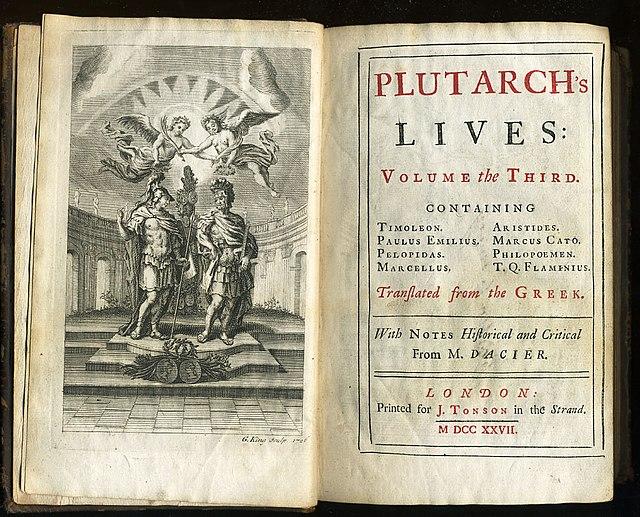Marked by fireworks and barbecues across the country, Independence Day takes on a special significance when one lives near Washington, D.C. This year will mark our eighth holiday in the D.C. area, and our family will be continuing our tradition of visiting a site of historical significance on July 4th. For our family, Independence Day is a time of remembrance in which to reflect on stories of our nation’s founding, and we emphasize with our children the insights of gifted men in forming a government that has been a beacon of liberty and freedom to the world ever since. We also remind our children of sacrifices that were made by previous generations, which secured freedoms and liberties that we all too often take for granted today. We look for opportunities to visit sites of historical significance so that our sons can learn the stories that unite us all as Americans.
Our first July 4th in the D.C. area found us at Mount Vernon, where we experienced daytime fireworks over the Potomac River just after receiving a warm welcome from “George and Martha Washington,” who spoke from the veranda of their home. We observed a reenactment of a Revolutionary War battle on the green in front of the mansion while sitting beneath a tree planted while Washington lived at Mount Vernon. As the time for the fireworks approached, we walked around the main house in time to observe a swearing-in ceremony for newly naturalized U.S. citizens. It was a powerful moment to witness, and it was inspiring to consider that these new citizens would now have such a personally meaningful reason to celebrate our nation’s founding with the gathered crowd.




